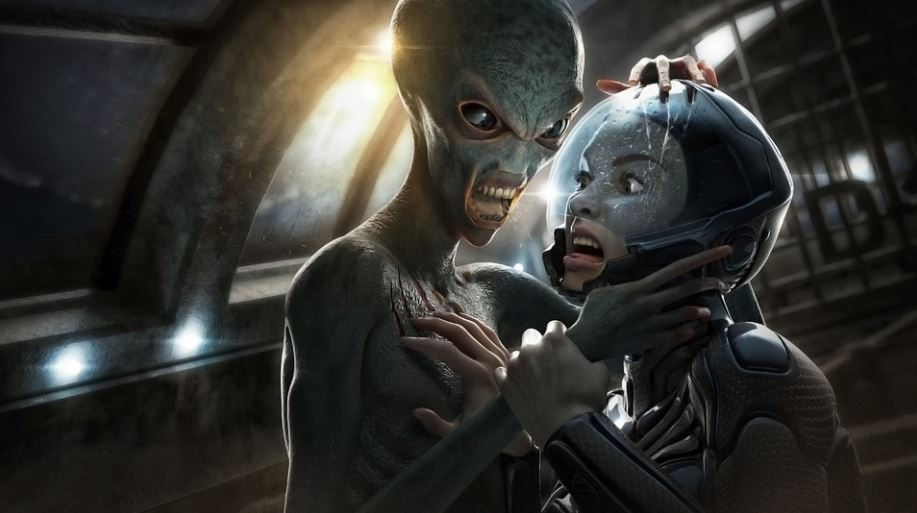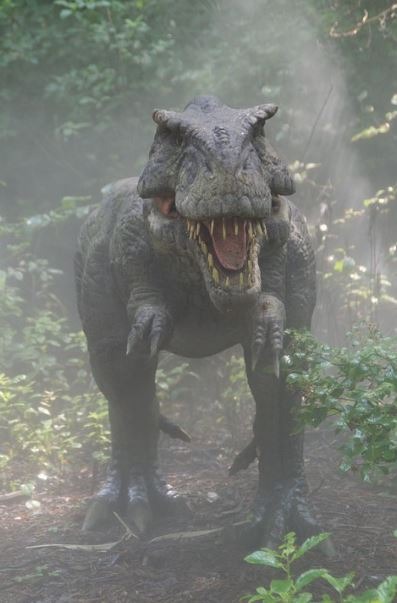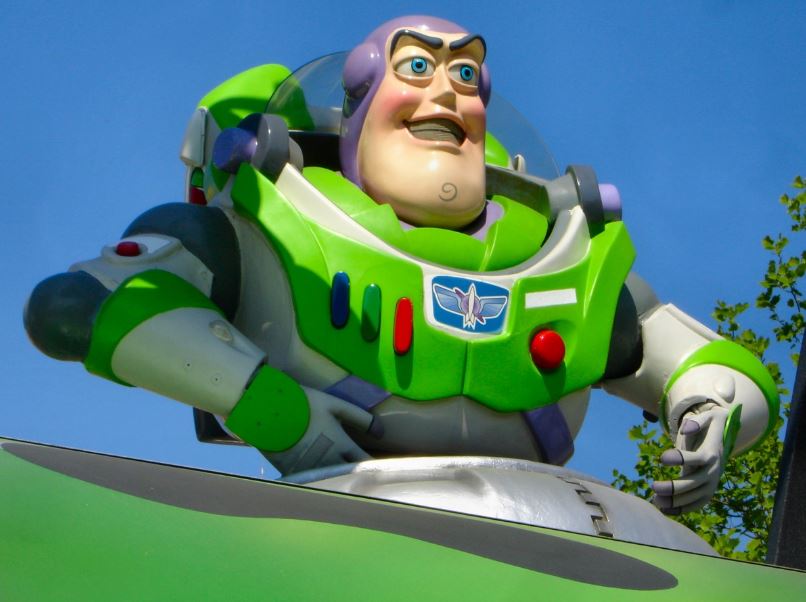Many movies have made use of groundbreaking visual effects. Computer-generated imagery, commonly known as CGI, has changed the film industry as a whole. It surely has lessened production costs and made hard-to-mimic movements and characters possible on the big screen. And computer graphics have come a long way since it first started.
If you’re wondering when did CGI start, here are some of the first movies released with groundbreaking visual effects:
Westworld (1973) – First ever film to use CGI
The first movie ever to use CGI was Michael Crichton’s 70s sci-fi Western: Westworld. In a couple of scenes, the audiences were able to look through the eyes of Gunslinger, an evil robot. It was a pixelated POV digitally processed by a computer, which doesn’t compare to the level of CGI used today. But the impressive part is that the creators didn’t have a model to follow, so they made their own using a 70s scanner. Each frame of the footage was scanned and color-separated so it could be converted to rectangular blocks, then color was added to create a coarse pixel matrix that could be output back to the movie.
Futureworld (1976) – First 3D animation in a movie
The success of Westworld inspired the creators to make a sequel. Futureworld, in which more terror droids were unleashed, gave them the chance to push computer graphics boundaries even further by offering the audiences a first glimpse of 3D. No glasses were required to see Peter Fonda’s head and hand-rendered into three dimensions. Creating the images back then was a painstaking process, and their hard work was recognized by the Oscars a decade later.
Star Wars (1977) – First 3D wireframe graphics
The first installment of Star Wars was hardly any CGI, but it laid the foundation for bolder applications in the future. Most of the effects were created with matte paintings and models. The original Star Wars had a couple of small CG effects, such as the Death Star attack briefing. A special making-of feature of this film gives a fascinating behind-the-screens look at how the 3d wireframe technology came together.
Tron (1982) – First extensive 3D
Steven Lisberger’s Tron was not well-received, but it was seminal because it was the first movie to put live actors in a computer-generated world. The film includes at least 15 minutes of 3D modeling, and it did it using a computer that boasted 2 MB of memory. For us smartphone users, we all know that 2 MB is nothing, and this is why it was impressive at the time. The animation technology was primitive in that the creators had to film the computer monitors physically to get the shots.
Young Sherlock Holmes (1985) – Pixar’s first work on CG and live-action blending
Young Sherlock Holmes has been largely forgotten, but its contribution to CGI is more essential than you’d think. For the first time in cinema history, a talented Lucasfilm employee aimed to blend CG and live-action seamlessly. This film became the first to incorporate an entirely computer-generated character – a hallucinated evil, stained-glass knight. Real-life models were painstakingly digitized – the process was frustrating, but it was revolutionary. The roughly 30-second graphic took about six months to create, and it was pioneered by the Lucasfilm Graphics Group, which would become
The Adventures of André & Wally B. (1984) – Pixar’s first animation
This two-minute short film about a boy and a pesky bumblebee was technically a Lucasfilm, but it eventually became Pixar’s first animation. Brilliant animator John Lasseter, working under George Licas’ Computer Graphics Project, and his team pioneered the first use of motion blur in animation. It was a significant breakthrough at the time, taking a big step towards fluidity. The film was also the first to use complex 3D backgrounds.
Jurassic Park (1993) – first physically textured CGI
The CGI in Jurassic Park was a bleeding edge, and it showed a physically textured dinosaur so realistic that it felt it might come pounding out the screen. But of the 14 minutes of dinosaurs in the film, only four minutes were computer-generated. Along with CGI, animatronics and stop-motion miniatures were used to create the thunderous stampede.
Toy Story (1995) – first full-length CG film
Toy Story pioneered the use of 3D animation in film, which was a mighty undertaking at the time. With their small budget and their crew of 27 people (half of them haven’t even used computers before), it was like against all odds, but it felt like they were having a good time. The graphics in Toy Story might look outdated now, but in 1995, it was so fresh. It became the first Pixar movie and also the first feature film to be made entirely with 3D animation, which became the basis for most modern CGI.
Starship Troopers (1997) – first large-scale CG battle scenes
Paul Verhoeven’s sci-fi war film was the first movie to feature a large-scale CG military battle. The battle scenes were iconic, and the graphics still hold up today, helping enshrine Starship Troopers as cult viewing. Other films have tried and failed to replicate its battle scenes, but other movies like 300, Lord of the Rings, and the Kingdom of Heaven all became successful, benefitting from the first steps made in Starship Troopers. The film was also nominated for an Oscar for Best Visual Effects, which it might have won were it not for Titanic’s success that year.
Titanic (1997) – landmark CG effects
James Cameron’s Titanic is a perfect example of the best uses of CGI. Being the most expensive film of its time (with a hefty budget of $200 million), Titanic needed over 500 visual effects shots to recreate one of the biggest disasters of the 20th century. The fundamental pieces of the ship were generated by computers, as well as the depiction of flowing water that created the illusion of a watery grave. Reportedly, more than four studios were involved behind the scenes to do the wire removal for flying objects and falling people and the grand-scale destruction of the Titanic. In shots of the boat, Cameron took live-action footage of actors and digitally placed them on board the model. The result was a convincing and tear-jerking masterpiece, which became both a critical and box-office success.
Final Fantasy: The Spirits Within (2001) – First photo-realistic human actors
The first near-photorealistic character in the film wasn’t Gollum or the conductor in The Polar Express – it was Dr. Aki Ross, the heroine of Hironobu Sakaguchi’s Final Fantasy, an entirely CGI sci-fi. Dr. Aki was rendered in incredible detail, down to the 60,000 hairs on her head. The production process was painful, taking four years and costing nearly $150 million, but it was revolutionary. It employed a crew of 200 and a render farm in Hawaii boasting nearly a thousand Pentium workstations. Sadly, the audiences didn’t buy it. It was a catastrophic flop that sent its studio to the wall.


